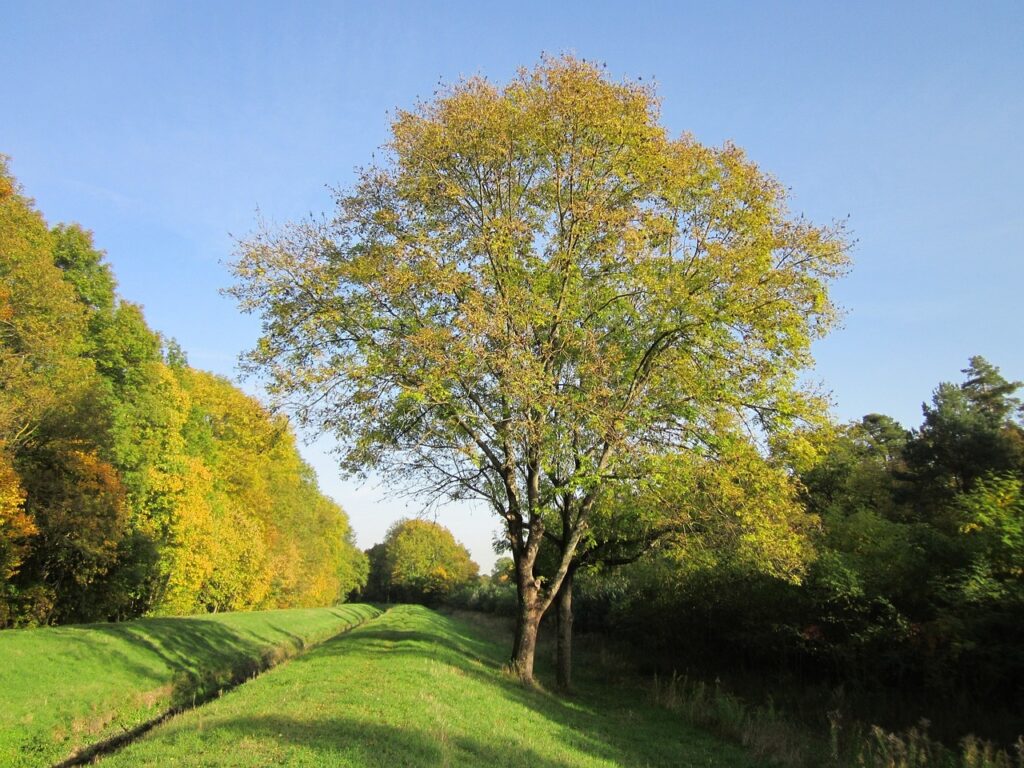
Emerald Ash Borer Progressing Across Front Range Region
Emerald Ash Borer Progressing Across Front Range Region May 25, 2021 Emerald ash borers, small beetles notorious for their destruction of ash trees, are entering a new phase of their life cycle this spring in Colorado. As the warm season breathes life back into the landscape, these tiny creatures are emerging from their winter dormancy beneath the bark of ash trees along the northern Front Range, transitioning from larvae to adult beetles. This transformation marks the beginning of their infestation cycle, with peak emergence expected in May and June. This phenomenon has gained attention as the Emerald Ash Borer Awareness Week unfolds, prompting collaborative efforts to raise public consciousness about the impending challenge.
The presence of emerald ash borers in Colorado dates back to 2013, when they were first detected in Boulder. Since then, their presence has expanded to other urban areas, including Arvada, Louisville, and parts of Larimer County north of Fort Collins. Recognizing the persistent threat posed by these invasive insects, the Colorado Emerald Ash Borer Response Team is rallying residents to brace for their impact and proactively address the issue.
This season, characterized by its favorable conditions for tree growth, provides an ideal opportunity to introduce new trees to yards and communities. While trees across the region awaken from their winter slumber, experts advise that this is the time to diversify the urban landscape. If a property hosts an ash tree, residents are advised to consider planting alternative tree species. The goal is to establish a replacement tree that will mature over the years, ready to fill the gap left by an ash tree afflicted by emerald ash borers.
With ash trees comprising a significant portion, approximately 15 percent, of the urban tree population in Colorado, the threat posed by emerald ash borers looms large over the state’s urban forests. To mitigate this risk, Dana Coelho, Urban and Community Forestry Program Manager for the Colorado State Forest Service, encourages residents to assess their property for ash trees. Coelho emphasizes the importance of early intervention, suggesting that homeowners unsure about tree identification should seek assistance from their local CSU Extension horticulture agent or a certified arborist. These professionals can provide accurate tree identification and offer guidance on how to proceed, whether it involves removal and replacement or targeted treatments for emerald ash borer infestations.
Species diversity stands as a critical strategy for safeguarding urban forests against the threats of pests and diseases like the emerald ash borer. Coelho underscores the need to cultivate a variety of tree species within neighborhoods and properties. By ensuring no single species constitutes more than 10 percent of the tree population, communities can enhance the resilience of their urban forests.
In light of these considerations, residents in Colorado, particularly those residing along the Front Range, are urged to refrain from planting ash trees. The Colorado Tree Coalition furnishes valuable resources online, including comprehensive tree descriptions suitable for Colorado’s diverse conditions. Their website, www.coloradotrees.org, provides information about trees appropriate for the state and offers a list of recommended tree species for planting along the Front Range.
Key Steps for Front Range Residents Dealing with Emerald Ash Borers:
- Identify any ash trees on your property.
- Look for distinctive traits such as compound leaves with 5 to 9 leaflets, leaves, buds, and branches growing opposite each other, and diamond-shaped bark ridges on mature trees.
- For detailed ash tree identification and helpful tools, visit csfs.colostate.edu/eab.

Greetings! Very useful advice within this article! It is the little changes that produce the most important changes. Thanks a lot for sharing!
Greetings Samuel Ferrao,
I’m so glad you found this article to be of useful and I appreciate your comment!
Thank you 🙂